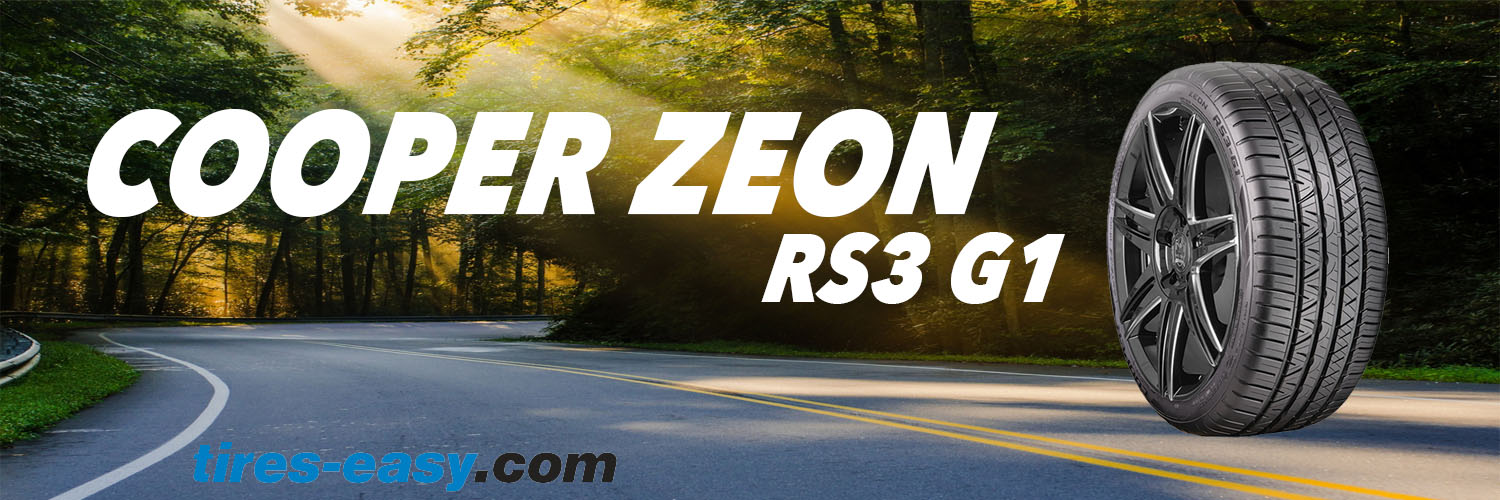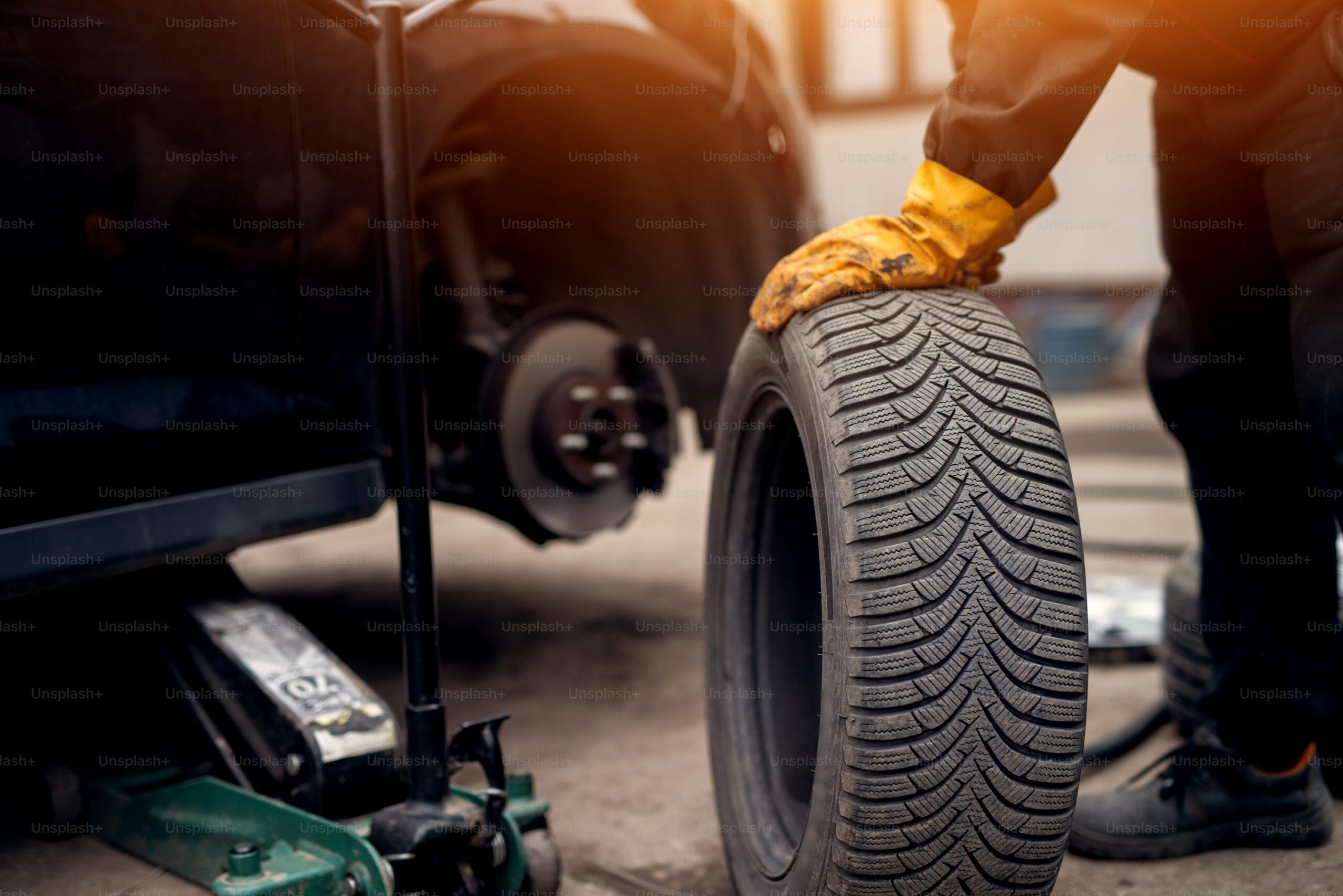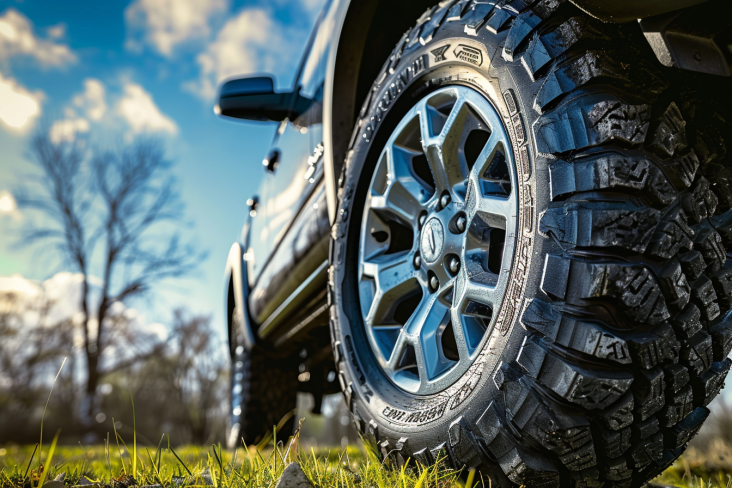Last Updated on August 1, 2025
Winter Tire Myths Debunked: Facts Every Driver Should Know
It is incredible how something so straightforward as winter tires can be surrounded by many myths. The only logical explanation for those misconceptions is probably that most people don’t know that much about winter tires, their technology, and their advantages.
So, their imagination starts constructing stories that don’t have any foundation in real life. Although many of those myths are fun and false, some can put you in real danger if you believe them. So, as a hub of knowledge regarding tires, we have to set the record straight and debunk the most common ones. As you will see, behind all those myths is a logical explanation for why you should not believe in them. So, let’s go.
1) You Can Use Winter Tires In Summer
Even though you can do it, it doesn’t mean you should. Winter tires are specifically designed for cold weather, snow, and ice, and using them in warm weather compromises safety, performance, and cost-efficiency. The cons of using winter tires year-round—such as decreased handling, longer braking distances, rapid tire wear, and reduced fuel efficiency—make it clear that they are not suited for summer. Disregard any advice suggesting the use of winter tires in hot weather.
2) Deflating Winter Tires Will Give You Better Traction
This myth originates from old stories of people who drove on really deep snow, frozen lakes, or sand and deflated their tires so that the tires would be wider and evenly spread their weight over the surface. Although this technique is helpful in extreme off-road situations, it has no purpose in standard driving, regardless of the conditions. You should always keep your tires inflated according to the manufacturer’s specifications – not more, not less. Doing this ensures your tires have the ideal grip, best braking capabilities, and reduced wear. If your tires are deflated on purpose, they will get ruined very quickly, which could leave you stranded or worse.
3) Winter Tires Are Only For Snow
Winter tires are often referred to as “snow tires,” so people tend to believe they are used only when the snow has covered the roads. But no, winter tires are for use when the outside temperature gets below 42 degrees (7 degrees Celsius). These tires are engineered with particular technology and thread design to enhance grip and stability in low temperatures, which can include when there is snow and when there’s none, as long as the weather temperature has dropped.
4) You Don’t Need Winter Tires If You Have 4×4 or AWD.
This is a widespread misconception, even more widespread today, as so many cars, SUVs, and pickups are delivered with all-wheel-drive or 4×4 drive trains. We even dedicated the whole blog post to this topic since it is essential and can put you in danger if you don’t understand why you always need winter tires, regardless of your vehicle’s technology.
While AWD improves acceleration on slippery surfaces by distributing power to all four wheels, it doesn’t improve braking or cornering. On the other hand, winter tires are specifically designed to enhance all aspects of traction, including braking and turning in cold conditions. SUVs are also heavier than most cars, which can work to your advantage in terms of stability but can be a drawback when stopping on slick roads. The increased weight means braking distances can be longer on snow or ice. Winter tires offer better stopping power, allowing you to halt faster and avoid accidents.
5) Winter Tires Are More Expensive
This common myth probably dates back to when winter tires were more expensive than the standard ones. However, as you can see, winter tires cost the same as all other tire types (all-season, summer), and there is no price difference in comparable size, make, model, and version. Owning a set of winter tires is economical since the other set is safely stored in the garage. Also, there are numerous affordable winter tire options that you can explore, and those tires will offer the outstanding performance and usability you need at budget prices.
6) I Don’t Need All Four Winter Tires
“You don’t need all four winter tires, just the two on the driving axles” – we are not sure where this myth originates from. More than likely, it was an attempt at being budget-friendly or not understanding the difference between regular tires and winter tires. Of course, this is entirely false and very dangerous. Mounting just two winter tires, regardless of which axle, will not serve any purpose since your car has four wheels, all four for braking and handling. Two winter tires will do nothing in terms of braking and handling.
They can only disturb the vehicle’s balance, compromise its driving dynamics, confuse the electronic stability systems, and result in very scratchy handling, to say the least. The only proper way is to use all four winter tires for the safest winter driving experience.
7) Winter Tires Are Noisy and Uncomfortable to Drive On
Modern winter tires are designed with advanced technology to minimize noise and offer a comfortable ride. While older models of winter tires were known for being noisy, newer generations use optimized tread designs that reduce road noise and vibrations. In addition, modern winter tires are engineered for comfort and safety, making them much more refined for everyday driving. The perception that winter tires are loud or uncomfortable may prevent drivers from using them, compromising safety. Winter tires today can provide a smooth and quiet ride, comparable to all-season tires, but with superior winter performance.
Conclusion
Tire myths can sometimes be amusing, but when it comes to winter tires, misconceptions can be dangerous, compromising your vehicle’s performance in harsh conditions. Safety is the number #1 top priority when it comes to winter driving, making it crucial to disregard unverified claims that defy logic. Always check with us if you have any doubts, and invest in a proper set of winter tires since it is the best way to be safe during winter. Never leave your winter travels to chance; make informed decisions that will keep you and your passengers protected.
-
Automotive Specialist
-
Proofreader
-
Writer









